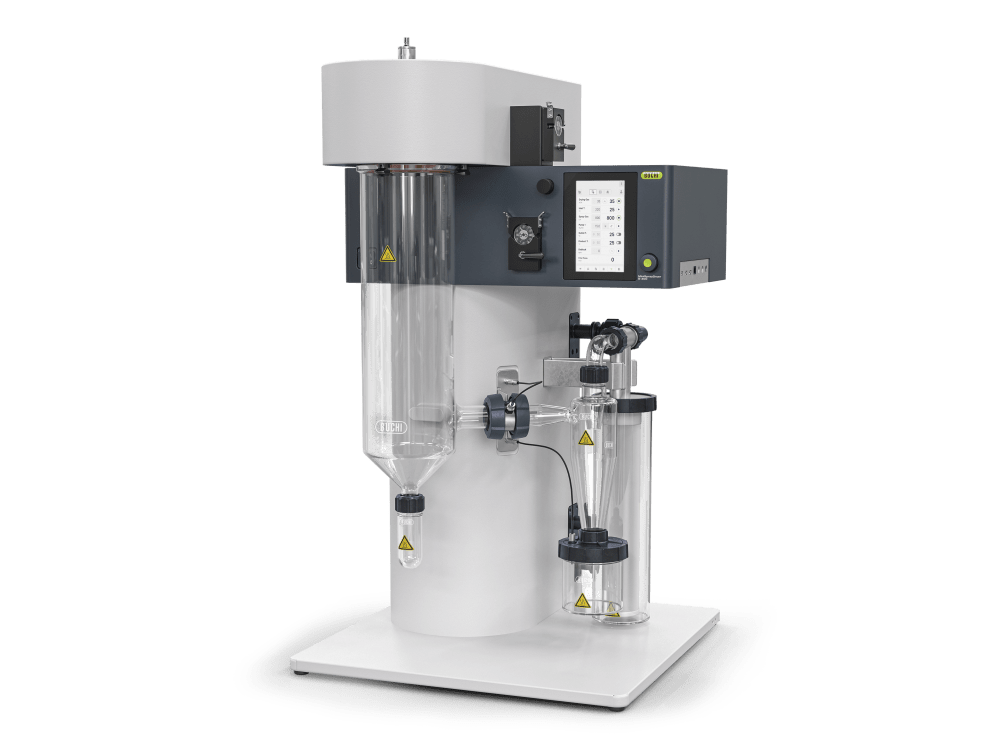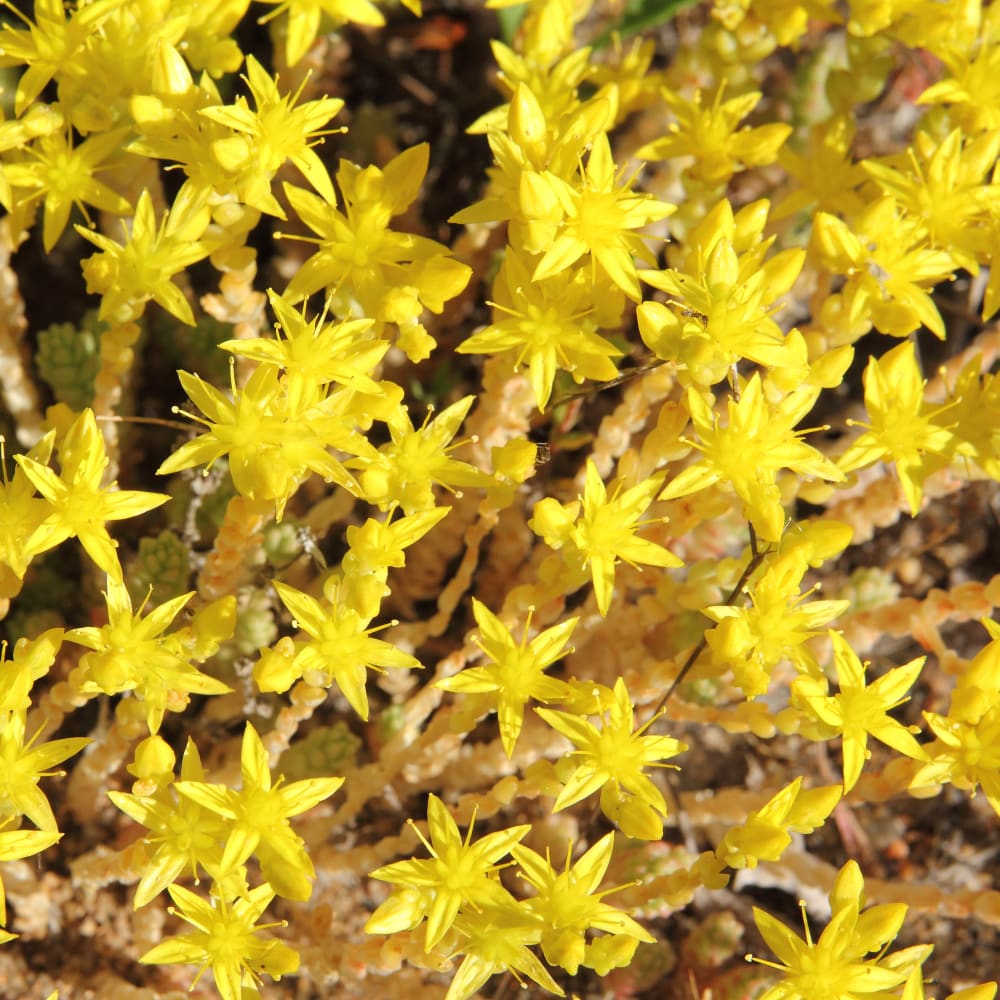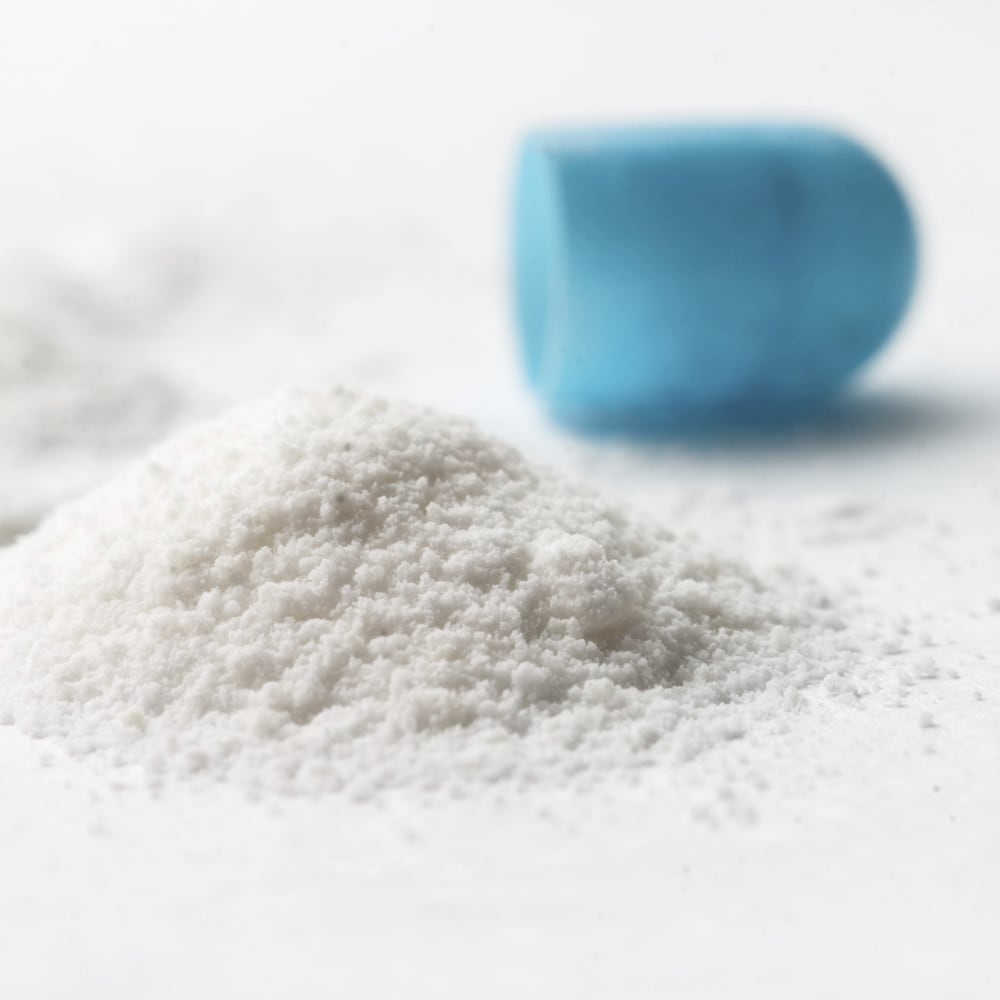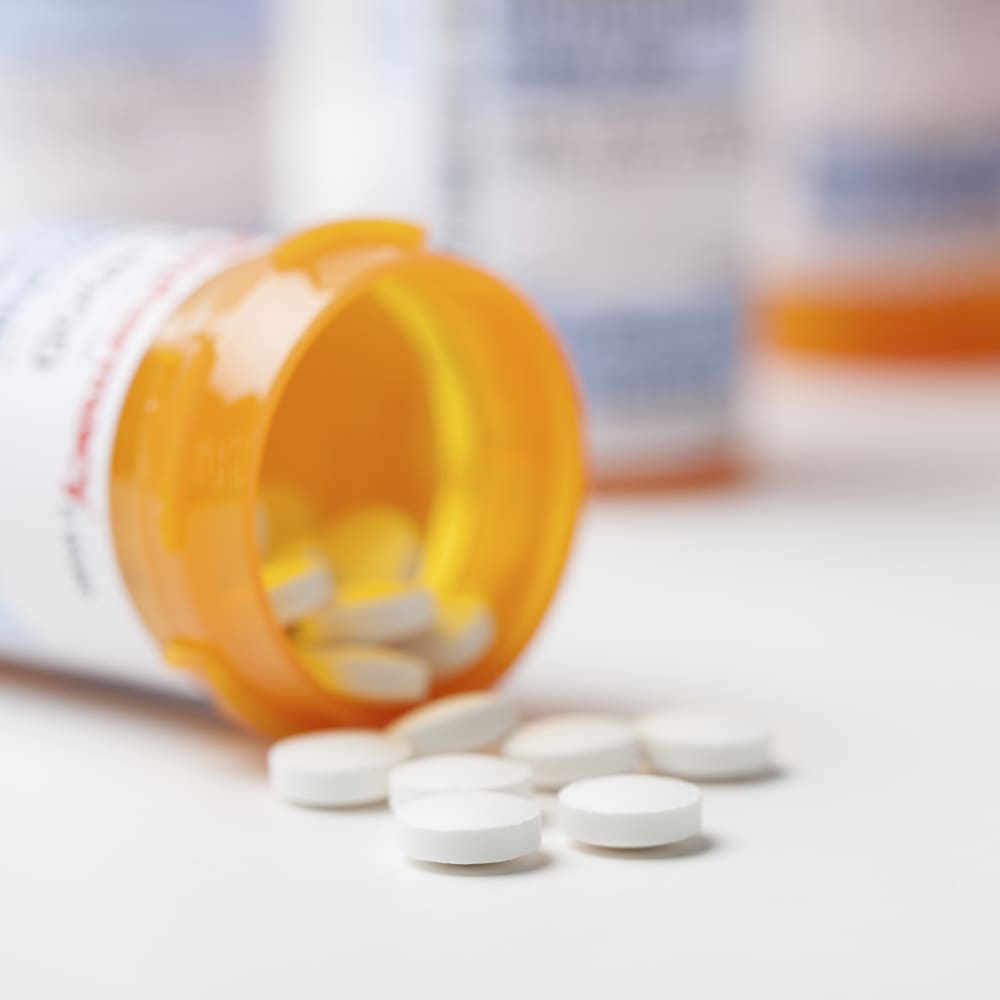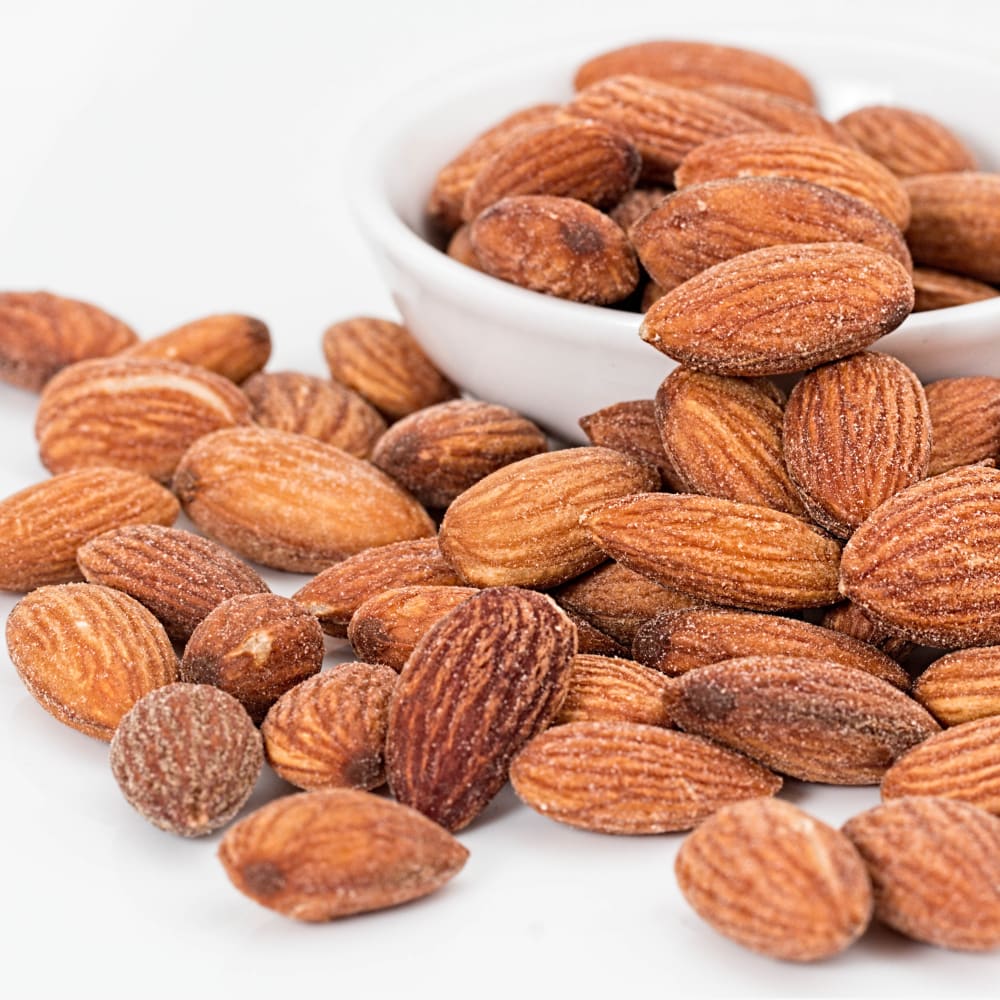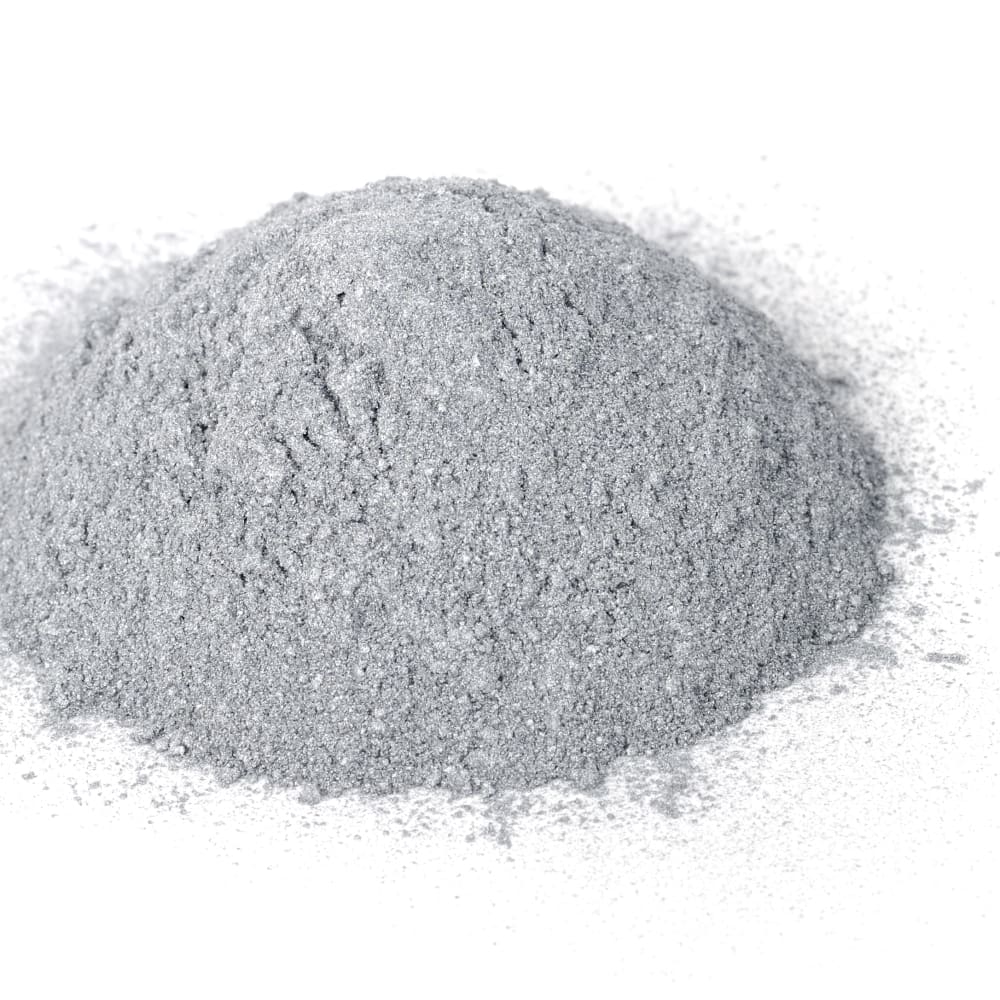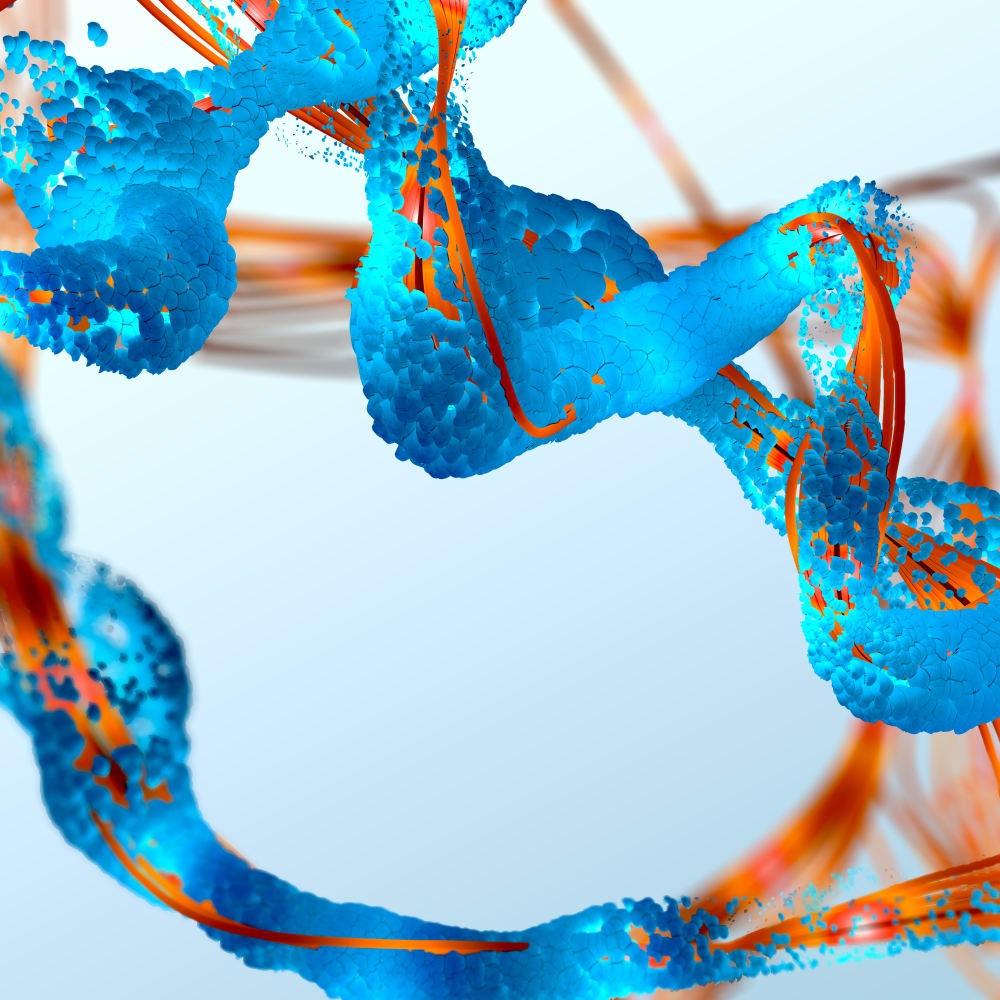Spray Drying of Polyacrylate and Silica Nanosuspensions
Application Note Mini Spray Dryer B-290 Polyacrylate and Silica Nanosuspensions
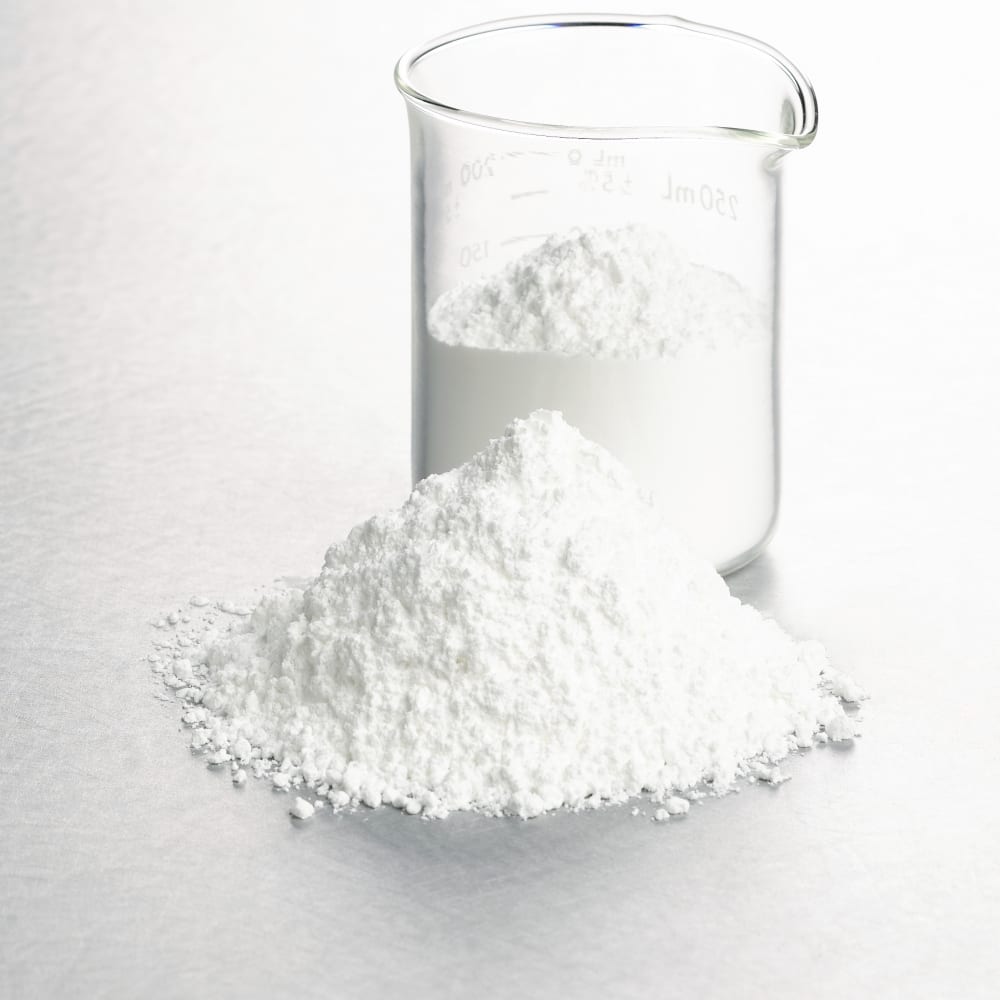
Spray drying is a popular method for producing polyacrylate and silica nanosuspensions in large quantities. The process involves mixing the polymers with water and silica, and then spray drying the mixture into fine particles. The resulting nanosuspensions have a high surface area and can be easily dispersed in various liquids.
Polyacrylate and silica nanosuspensions have various applications in different fields. In the cosmetics industry, they are used as skin care products, hair care products, and sunscreens due to their ability to provide UV protection and improve the texture of the skin and hair. In the pharmaceutical industry, they are used in drug delivery systems to enhance the bioavailability of drugs and improve their stability.
Polyacrylate and silica nanosuspensions are also used in the food industry as food additives to improve the texture and stability of various products, such as dairy products, beverages, and sauces. In addition, they have potential applications in the field of energy, as they can be used in the fabrication of photovoltaic devices and energy storage systems. Overall, the spray drying of polyacrylate and silica nanosuspensions has wide-ranging applications in various industries due to their unique properties and versatility.
Please see the application note No. 616 for starting parameters and some results.
